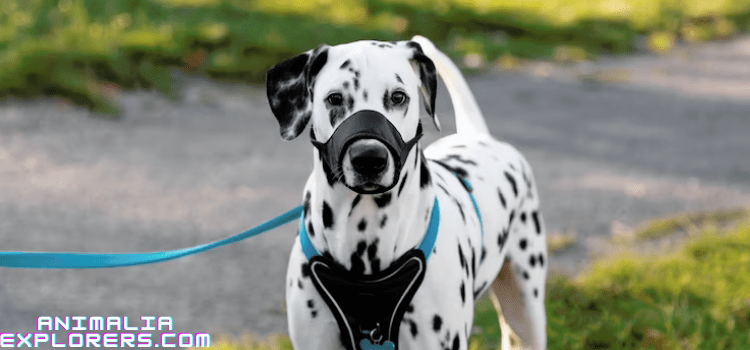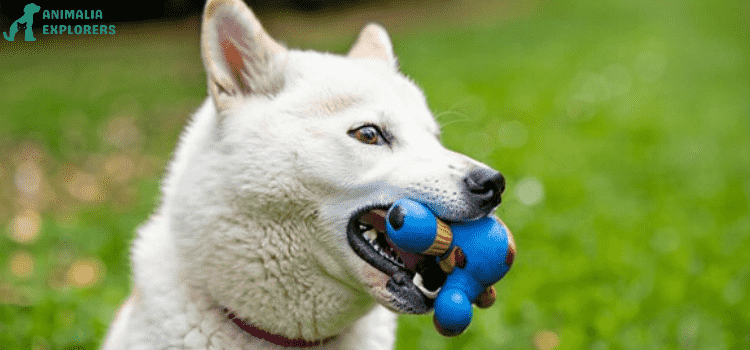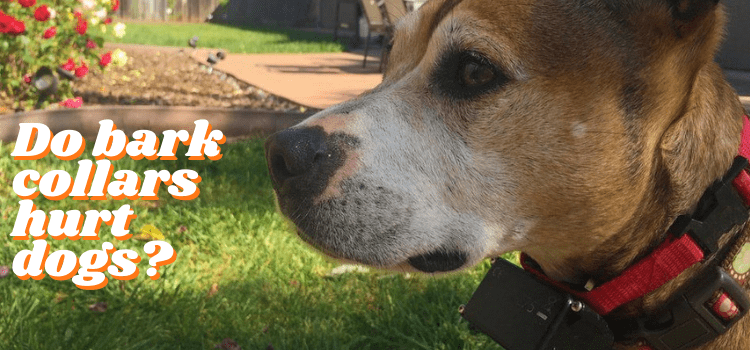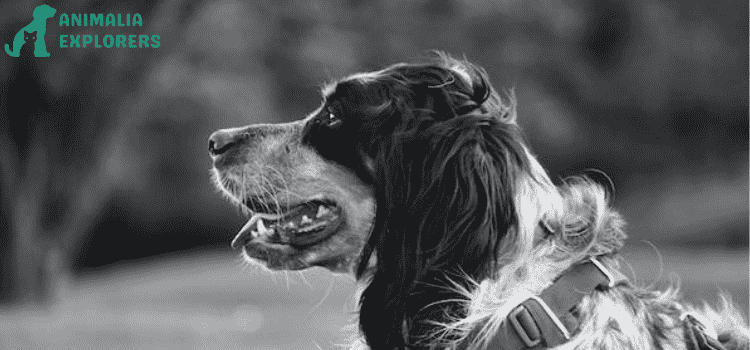Unveiling the Mystery: Do Dogs Really Have Collar Bones?

Dogs are renowned for their impressive physical feats, such as tail wagging and agility. But have you ever considered whether they possess collarbones? In this article, we will uncover the mystery behind these hidden skeletal structures, which may alter our perception of our beloved pets. Come along on this captivating journey as we explore the secrets concealed beneath a dog’s fur.
What are collarbones?
The collar bones are two prominent bones that run along the front of a dog’s neck. They may appear as slight ridges when viewed from the side, and they support the weight of the dog’s head and neck. Collarbones are important for supporting the jaw and skull, as well as for giving a subtle ridge along the top of the neck that can be used to identify a particular dog.
Where are collar bones located on a dog’s body?
Collar bones are the small, round bones located on either side of a dog’s neck, just below the skull. They provide support for the neck and help keep the head in position. Collar bones also help control the movement of the jaw and tongue, which are important for eating and speaking.
What does this information mean for your dog’s health?
Do dogs have collarbones?

Dogs are thought to have collar bones because their anatomy is similar to that of wolves, which typically have a collar bone in each shoulder. However, there is no scientific evidence to support the claim that dogs do have collar bones. Some people think that the collarbone might help support the neck when a dog is being pulled, but this has not been proven. Some believe that the collarbone may be detrimental to a dog’s health, as it can cause joint problems and arthritis. It is best to consult your veterinarian if you are concerned about your dog’s collarbone health.
Why do so many dog owners believe that their dog doesn’t have collar bones?

Most dog owners believe that their dog doesn’t have collar bones, as this is what they have been told by their vet or other pet experts. However, there is evidence to suggest that dogs do have collar bones. Some pet experts believe that the lack of collar bones is a result of selective breeding practices where certain breeds were bred without them to make them more muscular and athletic. Others believe that the lack of collar bones is simply a result of how dogs are raised. If dogs are not constantly being put through rigorous physical activity, then their collarbones may eventually disappear.
How can you tell if your dog has a healthy collarbone?
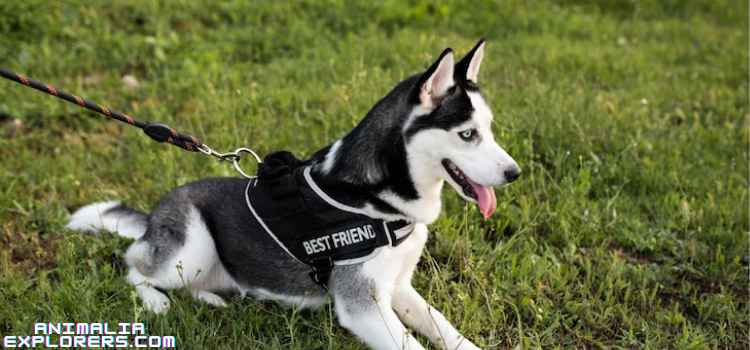
The collarbone is one of the most visible bones in a dog’s body. It’s also a very important bone, as it helps support the front of the neck and provides stability to the shoulder girdle.
To check if your dog has a healthy collarbone, you can take a look at its skeletal structure. If there are any gaps or abnormalities in the bone, your dog may have trouble with its neck and shoulders. Additionally, you can use a measuring tape to measure around the circumference of your dog’s collarbone on both sides. This will give you an idea of how big it is compared to the other bones in its body.
The Health Benefits of Dog Collar Bones
Dogs have a number of bones in their necks and shoulders that could be beneficial to their health. These collar bones are common targets for pet owners when they clean their dogs’ teeth, but many people don’t know what they’re really for.
The collar bones help support the dog’s head and neck, which can help keep the dog’s skull stable. They also play a role in breathing by helping to keep the airways open and preventing suffocation.
In addition to these basic functions, some believe that these collar bones may also be responsible for providing pain relief when a dog is injured or has surgery. By distributing pressure evenly throughout the body, these bones may help reduce inflammation and pain.
The risks of not having collar bones in a dog

Dog owners are often surprised to learn that their pooch doesn’t have collar bones. Dogs only have two sets of collar bones: those at the base of their neck and the ones along their spine. These small bones provide little structural support for the spinal cord, so they don’t do much except provide a bit of decoration on a dog’s skeleton.
There are some potential risks associated with not having collar bones in a dog. Without them, a dog’s neck could become stretched out from constantly being held down, which can cause permanent damage to the spinal cord or other organs in the neck. Additionally, without collar bones to help support the rib cage, dogs can suffer from breathing issues and other respiratory problems due to weak lungs.
Dogs who don’t have collar bones are also at risk of developing spinal dysraphism (a condition that causes abnormalities in the development of the spinal cord). If left untreated, this condition can lead to paralysis or death. So while it may not look like it matters much, having collar bones is one of the key factors that help to ensure your pup’s health and wellbeing!
The benefits of having collar bones in dogs
Collar bones are very common in dogs. Many breeds of dogs have them. Collar bones help to support the neck and provide stability to the spine. They also help prevent spinal problems, such as disc herniation, by providing support to the vertebrae.
Some people believe that having collar bones in dogs is a sign of being strong and healthy. Others say that it’s just a coincidence and that there is no real connection between collar bones and health. However, there are some benefits to having collar bones in dogs that make them worth considering for your pet.
FAQ’s
1. Where is the collarbone on a dog?
Dogs do have a collarbone, also known as the clavicle, but it is not as prominent or functional as in humans. It is located near the base of the neck, connecting the shoulder blades.
2. What is a dog’s collarbone called?
A dog’s collarbone is called the clavicle, similar to humans. However, it is not as developed or essential to their skeletal structure as in humans.
3. Do cats and dogs have collarbones?
Yes, both cats and dogs have collarbones, but they are not as well-developed or functional as those of humans. In these animals, the collarbone is relatively small and does not play a significant role in supporting the shoulder girdle.
4. Do cats have collar bones?
Yes, cats also have collarbones (clavicles), but like dogs, they are relatively small and not as functional as in humans. These bones are more like vestiges in cats and dogs and do not bear the same weight or role in their locomotion as in humans.
Conclusion
As dog owners, we all love our furry friends and are curious about everything about them. One of the more common questions people ask is if dogs have collar bones, and the answer is yes! Collar bones are a very important part of a dog’s skeleton, helping to support the neck and spine. If you’re ever worried about your pup’s health or feel like you need to take him to the vet for an exam, be sure to bring along his collarbone so they can take a look!

